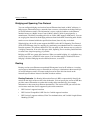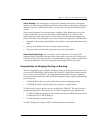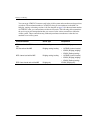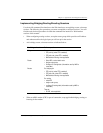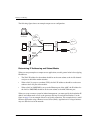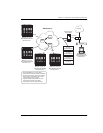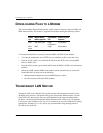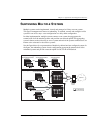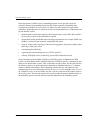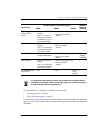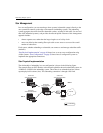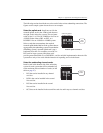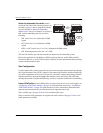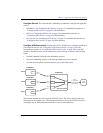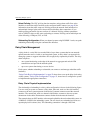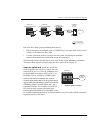
Subtending Multiple Systems
46 Avidia System Configuration and Management User Manual
In the deployment of xDSL services, subtending helps the service provider satisfy the
customer’s demand for bandwidth against the WAN trunk capacities. Subtending helps
to expand the availability of service more cost effectively and expand to the more remote
subscribers. Subtending services, offered by Avidia, are complemented by its ATM features and
provide benefits such as:
• optimizing the use of the more expensive WAN transmissions, such as DS1, DS3, and OC3,
by using only as much of the bandwidth as required
• incrementally adding bandwidth without changing the hardware (for example, 8xDS1 and
8xDSX-1 cards have eight separately configurable DS1 ports)
• using an Avidia system at the edge of the network (aggregates and provides uplink) rather
than using a third party switch
• concentrating data efficiently
• organizing the network through the use of VPCs and VCCs
• selecting ATM QoS classes to effectively groom traffic within the network
Set up subtending using AV8000, AV3000 and AV2200 systems. AV8000 and AV3000
systems can both subtend and be subtended while the AV2200 is typically a subtended system
and does not subtend other systems. Then, within these Avidia systems, use the cards listed in
the following table to set up the appropriate subtending or subtended interfaces. To subtend,
connect a channel-side interface of the subtending system to the line-side interface of the
subtended system. A line-side interface must be in slot 11 or 12 of an AV8000, in slot 2 or 3 of
an AV3000 or in slot 1 of an AV2200 to provide a cell bus clock and cell bus arbiter clock for
the Avidia system. The line-side interface also provides either the network uplink interface to
the subtending system or the line interface from the subtended to the subtending system.



